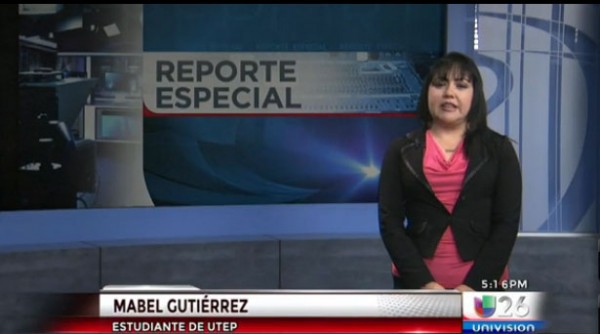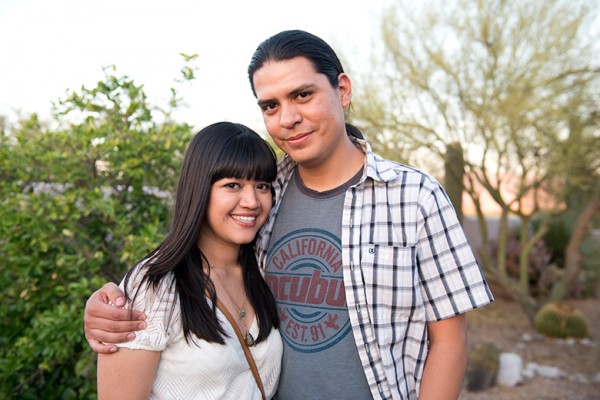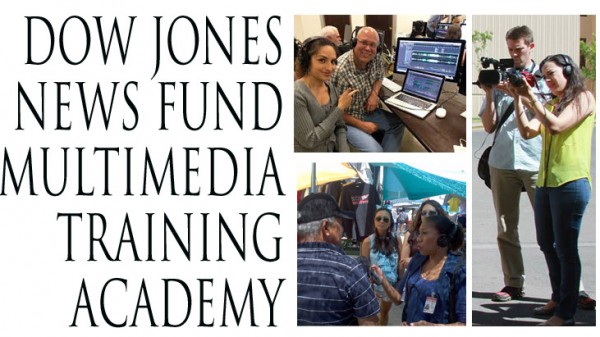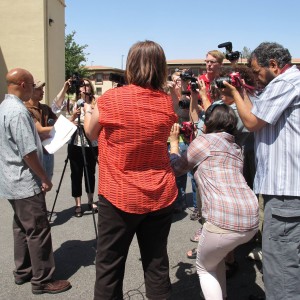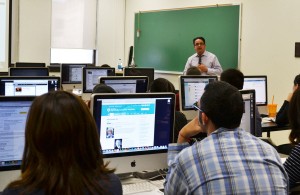Borderzine wins one 0f ’50 States for Good’ grants from Tom’s of Maine
|
Borderzine, a bilingual journalism training program based at The University of Texas at El Paso, has been selected as one of 52 winners from across the country in the seventh annual Tom’s of Maine “50 States for Good” community giving program. Borderzine was selected to represent the state of Texas and will receive $20,000 to fund its mission of transforming U.S. newsrooms into more inclusive workplaces that reflect the nation’s demographic diversity by placing more young journalists of color in news internships and jobs. “This generous gift from Tom’s of Maine advances in significant ways Borderzine’s mission to prepare a young generation of multicultural journalists that reflects and interprets the real story of immigration and the borderlands for the rest of America,” said Zita Arocha, director of Borderzine and associate professor in UTEP’s Department of Communication. Specifically, the funds will be used for a combination of internships, technical support for the Borderzine website and recruitment efforts for Borderzine’s annual high school journalism workshop. The contest’s process began with community members taking to social media pages to share #OneWaytoHelp their communities, amassing nearly 10,000 submissions.

